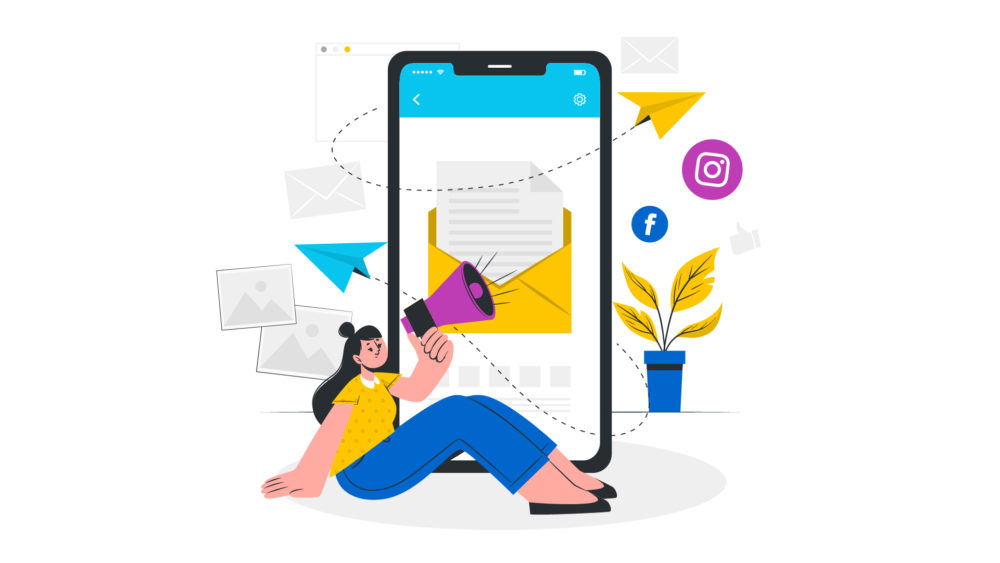
Inbound marketing is a popular strategy used for generating quality leads. It relies on internal activity to deliver long-term results by driving traffic to your website.
The method focuses on attracting quality users to your site with relevant, engaging content and building a rapport that keeps them coming back.
It’s important to note that outbound marketing usually sees an immediate return. In contrast, inbound marketing requires more time and effort. There is less of a financial obligation as you’re only using internal resources and not paying for advertising. But results don’t happen overnight, so expect a long-term investment of your time before you start to reap the rewards.
As in the name, inbound marketing focuses on drawing traffic to your website, while outbound marketing is about pushing your business’ offering out to potential audiences. In addition, inbound marketing typically involves owned and earned media types. While outbound marketing is more commonly associated with paid media.
Owned media is immediately accessible as it’s owned and controlled by your business; the only expenditure here is time. Examples include social media, your website, blog and YouTube channels.
Earned media is precisely that – secured due to hard work and by showing others in your industry that you’re worthy of a mention. Examples include PR, social mentions, backlinks and reviews.
Paid media relies on budgeted spend and the ability to create content and graphics to support your campaigns. Examples include Pay-Per-Click (PPC), paid social advertising, billboards or display advertising.
Inbound marketing is all about creating quality content that resonates with your target demographic. Before you get started, make sure you understand who your customer is and who you want them to be.
Inbound marketing is a preferred strategy by many of today’s marketers because it allows them to focus on what’s important: customer needs. We explore some of the company benefits below too.
Once created, you can publish your content in multiple places, from blogs and social channels to eBooks and email marketing campaigns. It means that all that hard work and research will pay off as it can also be used by your sales and marketing teams again and again to attract more visitors.
Producing relevant and engaging content that’s suitable for your audience will establish trust and credibility. They’ll keep you top of mind when looking for answers to a question or buying the product or service you offer.
Inbound marketing allows you to use the same content across several channels, meaning you’ll be able to generate quality traffic from different sources – reducing the risk of relying on any one channel.
If you have a small budget or your business is just getting started, inbound marketing can be quite an attractive option. But, again, there’s a relatively small investment – mostly time, and this could be yours or that of a dedicated marketing specialist.
Becoming an industry leader takes time but is worth the effort. Teaching your customers about your area of expertise in an unbiased way is the first step. Then, the more relevant content you create, the more your company will be perceived as a source of information that will keep users coming back again and again.
Inbound marketing helps brands and businesses form quality relationships with their prospects. The content produced keeps users returning to your website by giving them insights and personalised offers. As a result, when someone does take that all-important first step in contacting you, they will have already educated themselves with information about your products or services. This also means they will be much further down the sales funnel than someone responding cold to a paid advert.
Now that you understand what inbound marketing is and the benefits it can bring to your company, what’s next? We recommend the following to help you get started:


Our friendly team is ready to help you bring your vision to life. Whether you’re ready to start your project or just want to discuss your options, we’d love to hear from you.